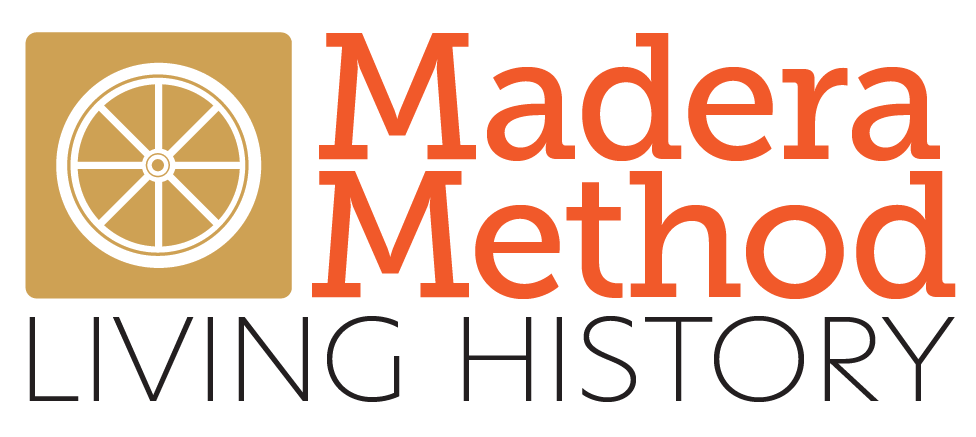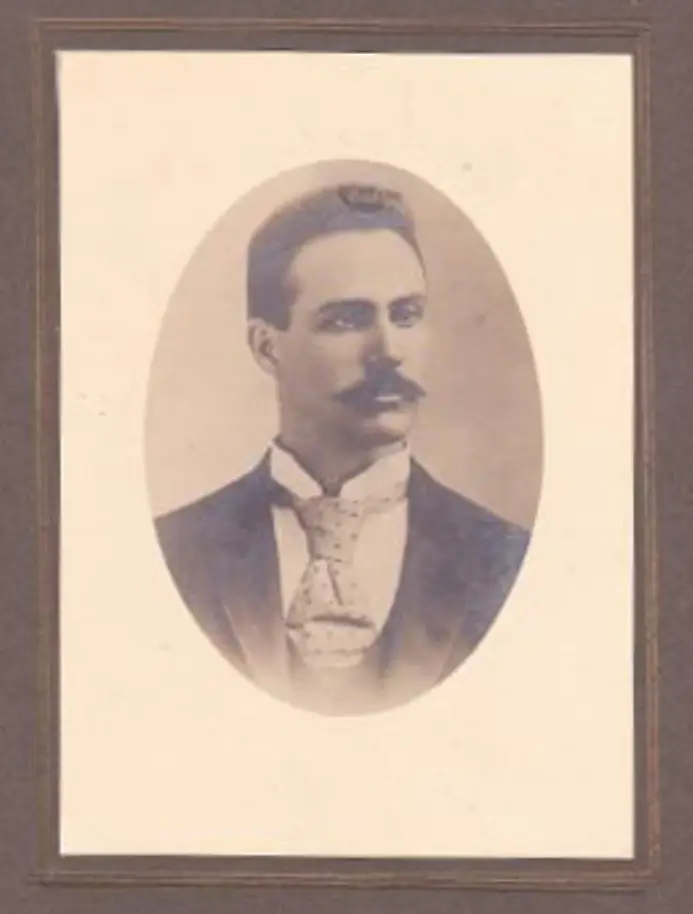Tension was in the air in Madera in 1947. The long-standing exclusion of African-Americans from the City’s swimming pool was being challenged, and the integration attempts weren’t set well with some of the town’s power brokers, especially the publisher of the Madera Tribune.
Howard Clark, whose father had founded the paper in 1892, took umbrage at what he was calling outside interference that sought to upset the “natural tendency toward segregation” of the races, especially at Madera’s swimming pool.
Madera’s long, hot summer of 1947 began on June 3 when two “colored” campfire girls sought entrance to the pool. After being initially denied, they were later granted admission but not allowed to swim because they had no swim caps.
A few days later, a group of African-American high school students was excluded from the pool during their physical education class. The result was the discontinuance of the school’s swimming program.
Then on June 19, four black youths were refused permission to use the pool.
Four days later, violence struck when a group of black youths, accompanied by several white supporters sought to use the pool. This appeared to be too much for the pool manager who addressed those in the pool and characterized the white persons who accompanied the youths as communists. Several threats ensued, and one of the white adults with the youths was struck several times. This brought the American Civil Liberty Union into the struggle.
The ACLU protested to Attorney General Tom Clark that public officials of Madera were both “encouraging mob violence and promoting race riots in an attempt to exclude Negroes from the municipal swimming pool there.”
On July 23, the ACLU petitioned the Madera City Council to rectify the situation. In a letter to the Council, Ernest Besig, director of the ACLU of Northern California, insisted, “We want to put your Council on notice that (recent actions at the pool) is discrimination against persons because of their race. As matters stand today, we feel a serious area of tension has been created which could develop into racial strife that might get beyond the local authorities’ control.
City councilmen refused any public comment on the issue. This brought Howard Clark into the battle.
On July 27, in a revealing editorial, the Tribune publisher wrote, “The American Civil Liberties Union is the right hand of the Communists.”
“First reports of the incidents,” Clark wrote, “indicate the ACLU (has) a rather fantastic view of the affair. Over-enthusiastic Whites, with leanings that are more commonly known as ‘Red’, were responsible for the affair.
“Though there are a few who are overbearing and antagonistic, the great majority of the Negro population of Madera is composed of a peaceful, respectful group that realizes there can be no commingling where the great melting pot cannot fuse two races.
“This majority group has no more desire to intermingle with the whites than the whites with the dark. There is nothing in the mode of life that is common to both. Their natural tendency is towards segregation. It is planned that eventually, they will have their swimming pool and playgrounds, something that is of major importance, though it may not have received the official attention that it should have had.
“Not only has the larger group sought to isolate itself, but it has sought to restrain the minority group, which would cause trouble by its actions. That some whites should attempt to break down the line that nature defined and stir these people to do that which is against the natural inclination, the censure should not be for this group but for the whites.”
Although Madera’s pool soon opened its gates to all of the city’s residents with no respect for race, the strife of 1947 had an unusual ending. By August, African-Americans were making abundant use of the pool; they had it all to themselves. For a while, whites found some other place to swim.
Originally published in the Madera Tribune




